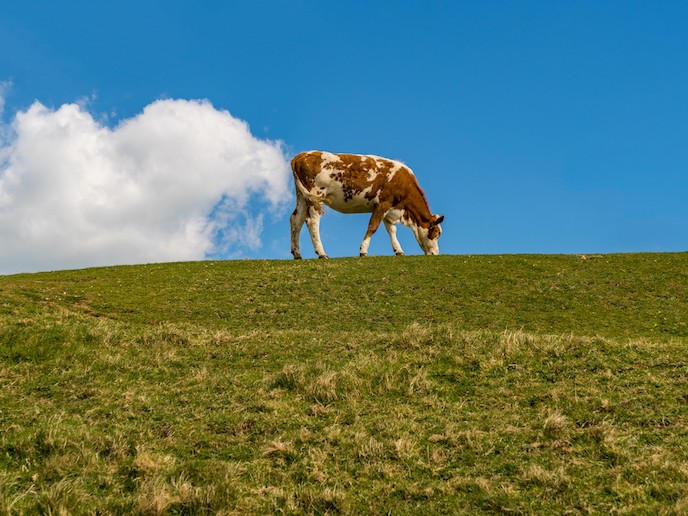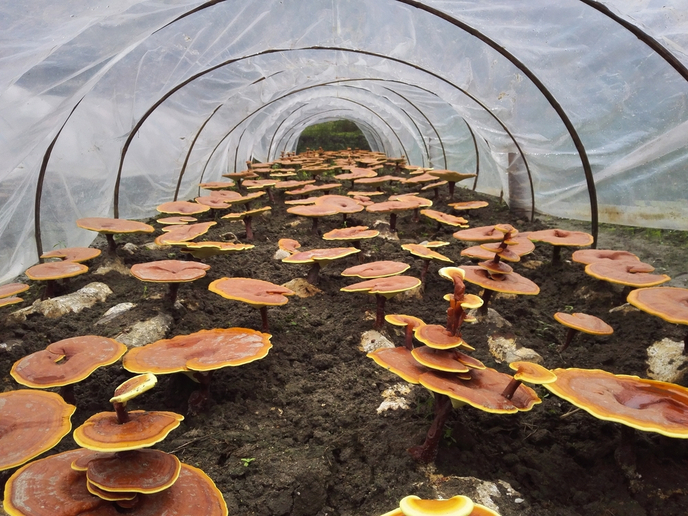Developing a novel way to measure forest methane emissions
Methane is the second most important greenhouse gas after carbon dioxide but with a greater heat-trapping ability than carbon dioxide. “My research is looking at whether stems or shoots of the trees are a source of methane that we haven’t thought about,” says Lukas Kohl, a researcher on the PaTreME project(opens in new window) at the Institute for Atmospheric and Earth System Research(opens in new window) (INAR), University of Helsinki, Finland. Soils are known to take up and produce methane under certain weather conditions. “However looking at the forest as a whole, we don’t see that,” adds Kohl, whose research with the support of the Marie Skłodowska-Curie Actions programme(opens in new window) focused on forests in Finland after some years researching Canadian forests. Several processes produce methane in the ground which is transported via the plant stems to the plant surface, he explains. “It could be produced by microorganisms that live inside plants or by reactions that don’t involve microorganisms in the needles, such as a reaction to ultraviolet light.” Knowing the source can help forecast how much methane a forest will emit and how it changes with different forest harvesting practices, affecting the global greenhouse gas balance. “Eventually, we want to create models that accurately describe this in a mathematical sense,” remarks Kohl. “Further down the road, it will help inform climate-smart agricultural forestry practices that are better for global methane emissions and for biodiversity,” he notes.
Collecting methane from trees
The group, sometimes working as part of the larger European Research Council(opens in new window) funded MEMETRE project, developed a new way of collecting methane because other methods could not produce enough gas from the tree shoots for analysis. “We put a plastic chamber around a bunch of needles, a tree shoot, and monitored over time how the amount of methane in the chamber changes,” explains Kohl. This is not as easy as it sounds. Putting foliage in a chamber changes the environment. “It uses up all the carbon dioxide. If it does photosynthesis, it releases a lot of water that can condense on the walls of the chamber and this also heats up,” he says. “So we constructed a measurement system that can automatically replenish the carbon dioxide that can cool the system down and remove excess water and that measures automatically.” “We have six shoots from six different trees in these chambers and we can automatically measure the methane flux from the needle to the air of each of them every hour or two, even at night,” Kohl adds, noting this method has never been used before. To distinguish the sources of methane, the air is repeatedly circulated between the chamber and a computer analyser. The measurements are then combined with analysis in the lab of stable isotopes and chemical traces, as well as microbial biochemical models.
Direct effect of light on emissions
Much of the data is still being processed. “But we see methane emissions when the sun comes out, or when the light in the greenhouse is turned on, and they go away almost immediately when it gets dark,” Kohl notes, indicating methane production is probably due to a light reaction independent of microorganisms in the soil. Apart from working with tree shoots which yield only small amounts of gas for analysis, the team worked with individual grass shoots in peatlands which have much higher methane emissions to better develop the method. “Now we’re trying to move this to the field(opens in new window),” says Kohl, but he notes keeping the needles in an environment resembling natural conditions is challenging.







